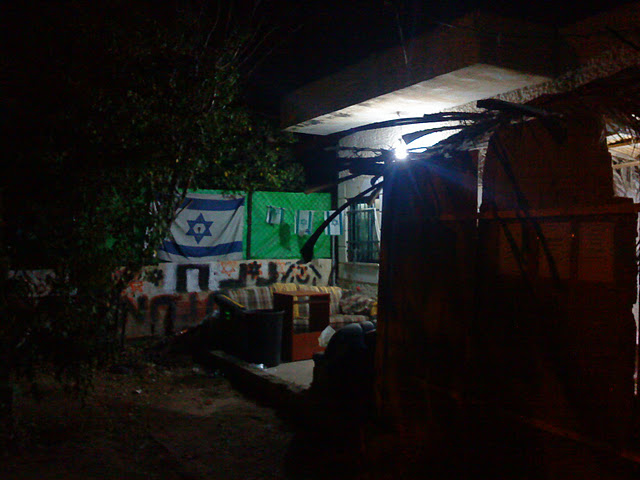Tag: Eviction
-
Live updates from Sheikh Jarrah – Visit ISM’s Night Watch blog
14 December 2011 | International Solidarity Movement, West Bank ISM has been following the situation of the Al Kurd family from Sheikh Jarrah since 2009 and has kept a presence in the garden of their home. On December 4th Nabil Al Kurd and his mother, accompanied by international and Israeli activists went to the Court…
-
Khan Al-Ahmar: Forced expulsion of Bedouins from Area C
by Alistair George 13 December 2011 | International Solidarity Movement, West Bank “From the 1970’s until today, the Israelis used to demolish our tents and houses but not to deport us” says Abu Hamis, a member of the Jahalin Bedouin tribe . “We used to rebuild our places but the new policy which they are…
-
Sheikh Jarrah: Al Kurd family faces 30 day deadline
by Samar and Meriem 11 December 2011 | International Solidarity Movement, West Bank ISM has been following the situation of the Al Kurd family from Sheikh Jarrah since 2009 and has kept a presence in the garden of their home. The Al Kurd family is of five other families targeted by these evications. The Fawziya Al…


